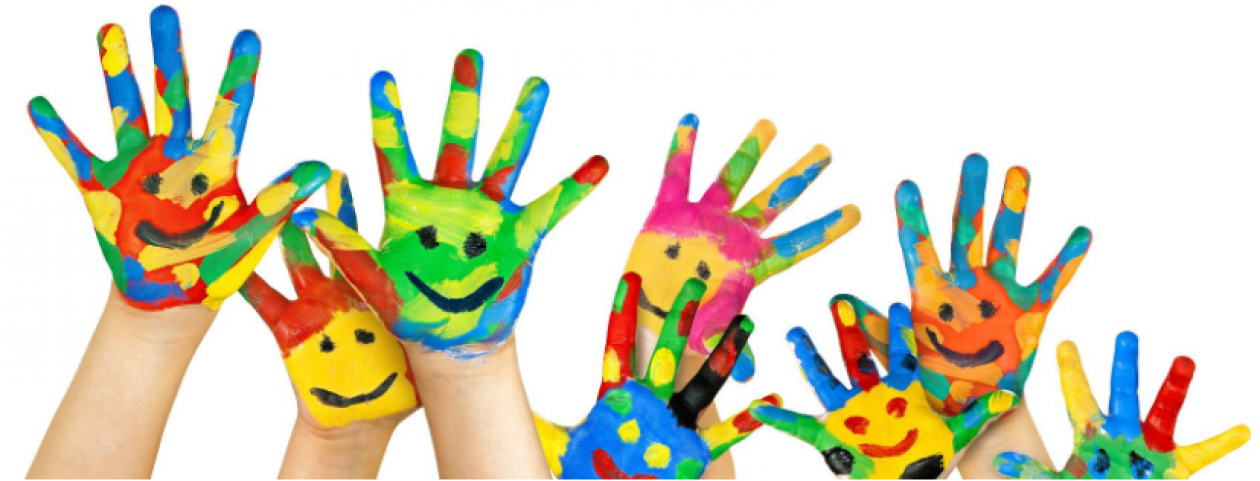Got access to a dead old computer or keyboard?
Whatever it is, tinkering with real-life tech is a fabulous
thing for your curious children. When you allow your child to take something apart, put items back together and figure out how things work it encourages them to problem solve, try another strategy or use different materials or tools.
What you need:
• An old computer
• Different kinds of screwdrivers is the best
thing for your curious preschoolers.
What to do:
1. For children of this age, an adult will most
likely need to remove the larger components
from the computer.
2. Once you’ve got some smaller components
out, allow your children a bit of free
reign with the screwdrivers.
3. The focus that you’ll see in children with
tasks like this is like nothing else, and
there’s nothing more fascinating for a
curious tinkerer than to get to see the
inside workings of a giant computer.









